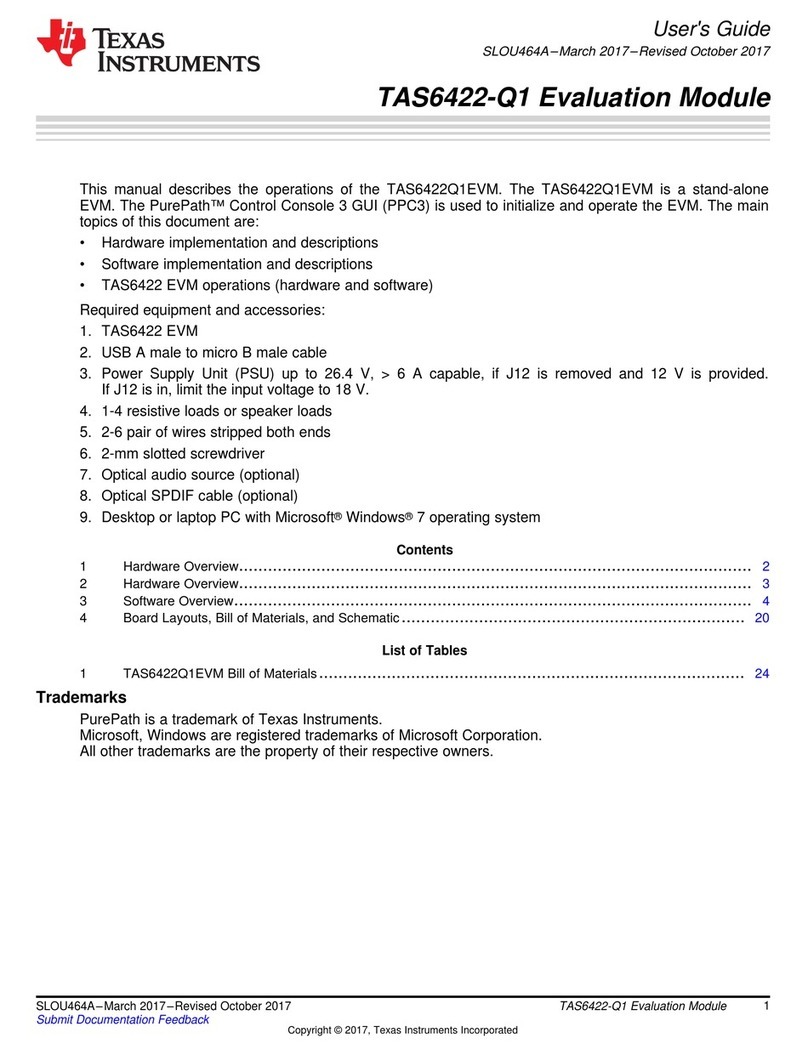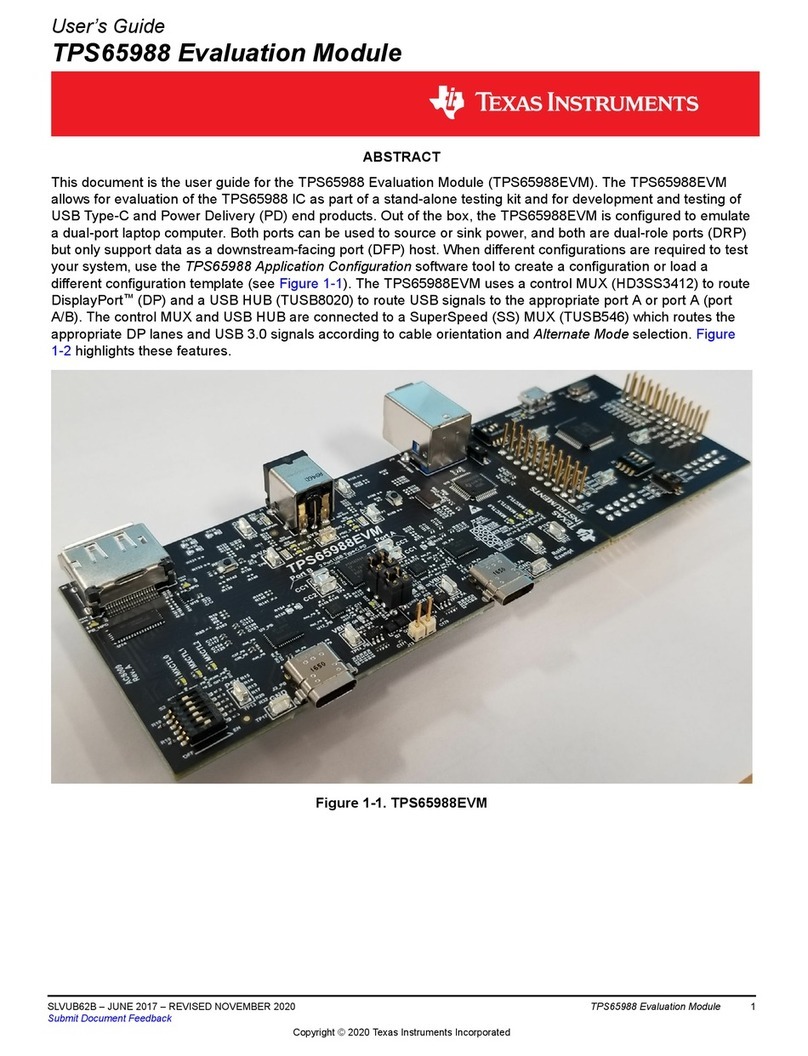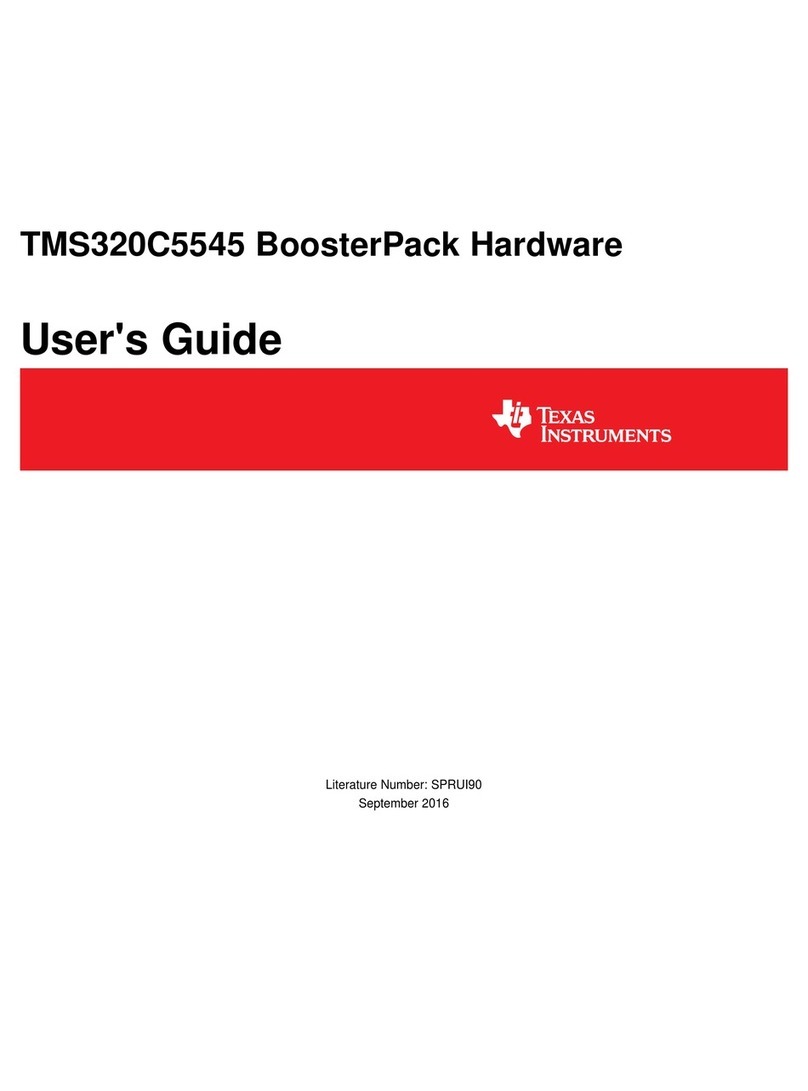Texas Instruments LM75AEB User manual
Other Texas Instruments Motherboard manuals
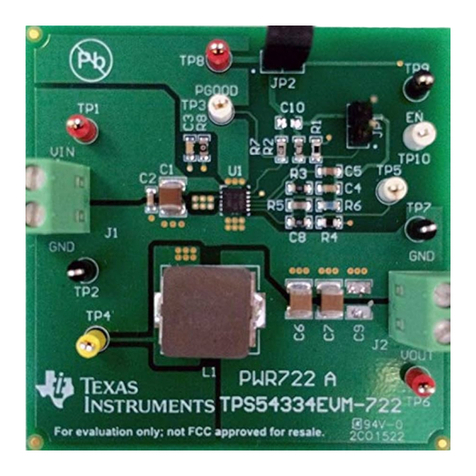
Texas Instruments
Texas Instruments TPS54334EVM-722 User manual
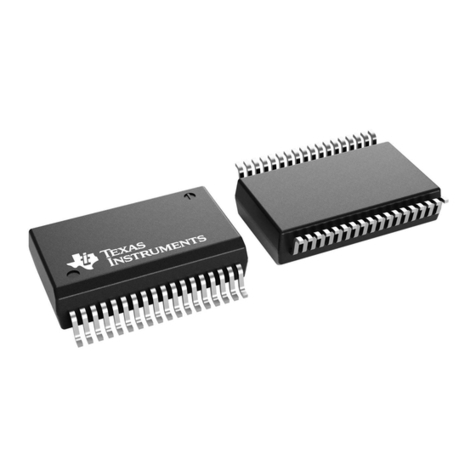
Texas Instruments
Texas Instruments UCC14240-Q1 User manual
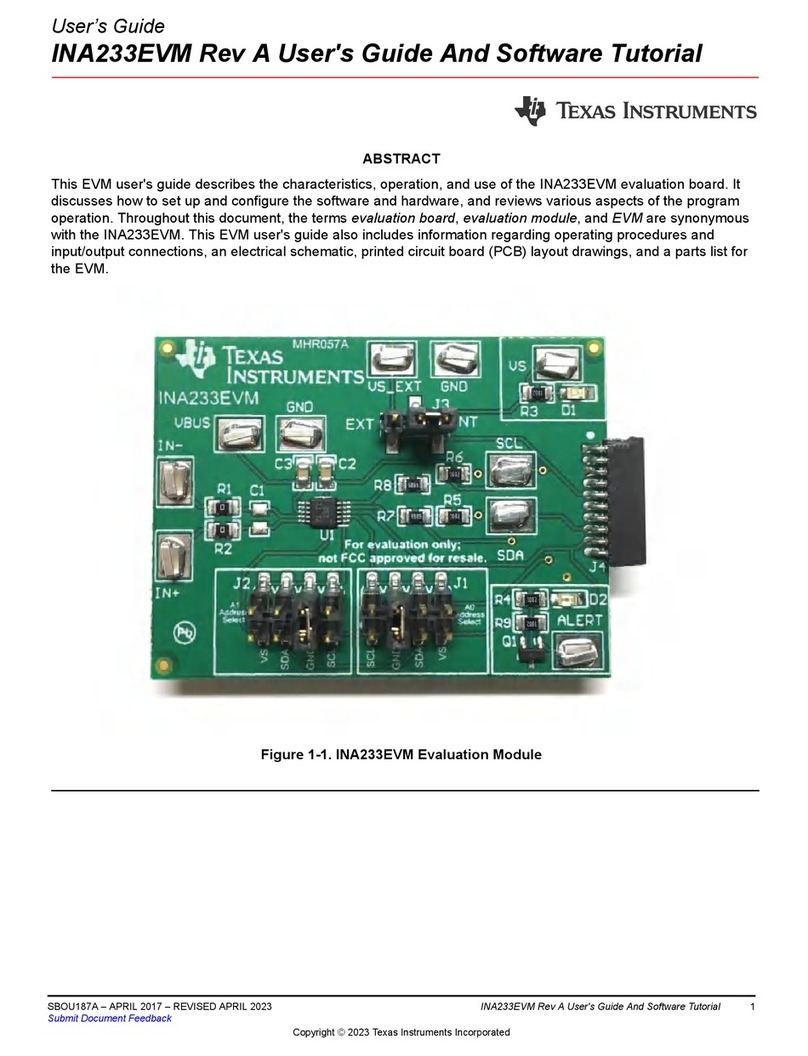
Texas Instruments
Texas Instruments INA233EVM User manual
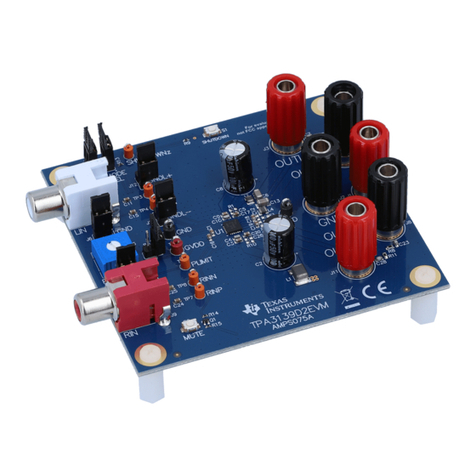
Texas Instruments
Texas Instruments TPA3139D2EVM User manual
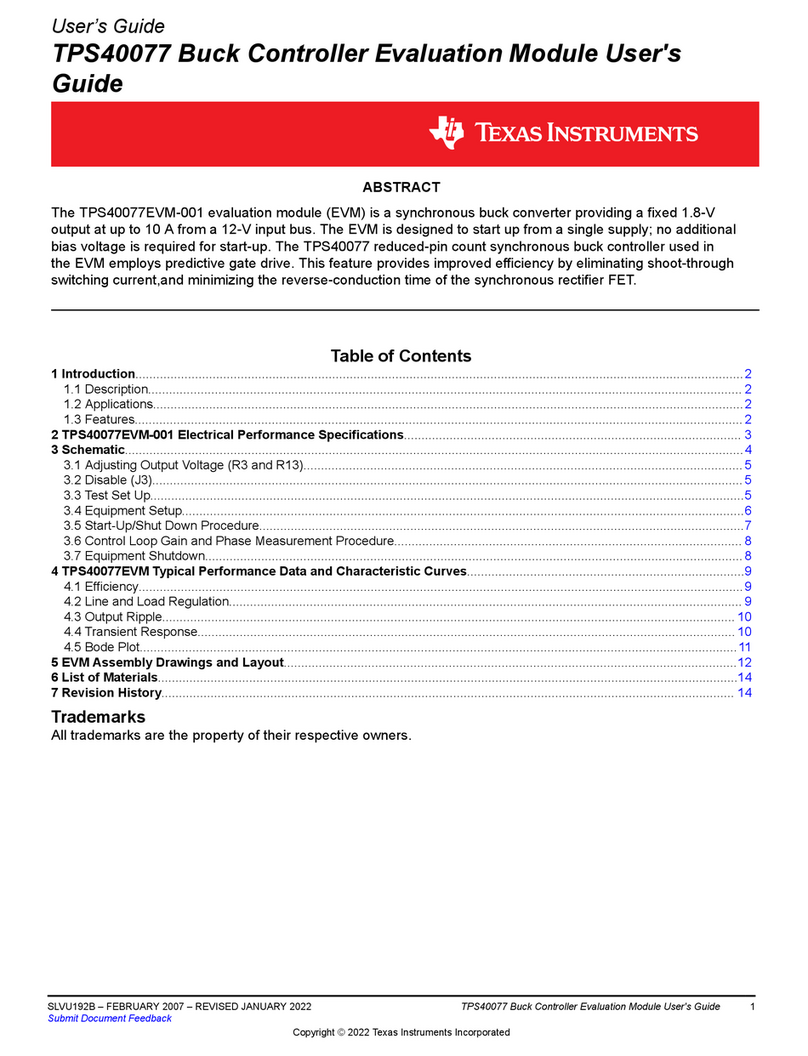
Texas Instruments
Texas Instruments TPS40077 User manual
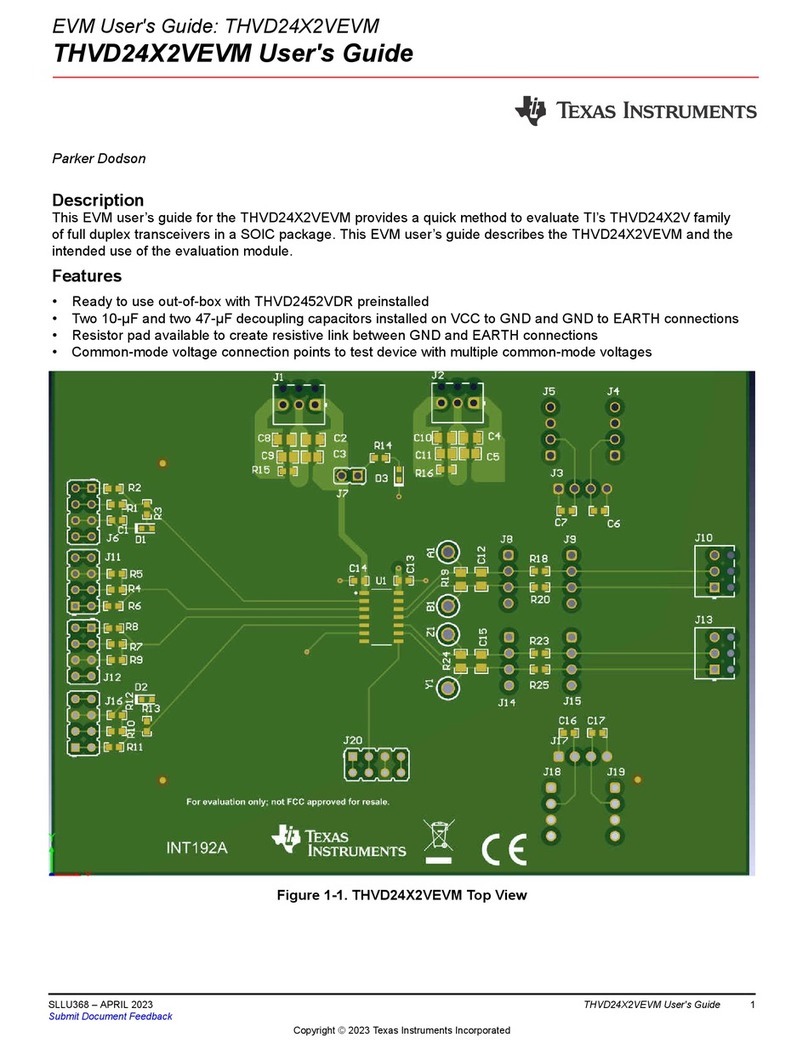
Texas Instruments
Texas Instruments THVD24X2VEVM User manual
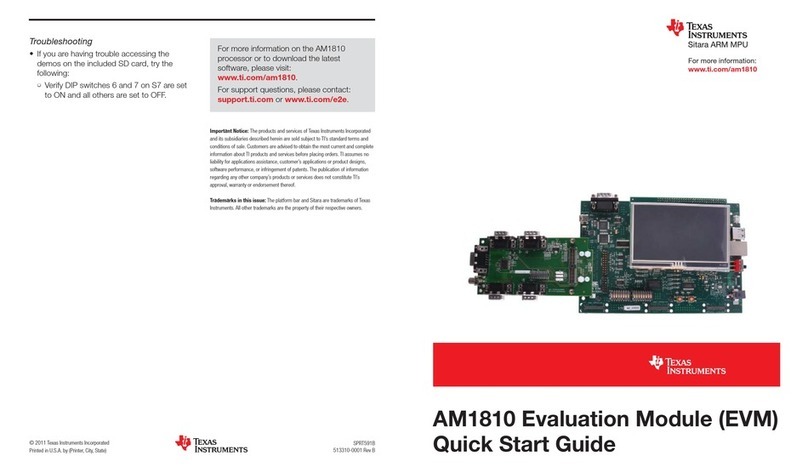
Texas Instruments
Texas Instruments AM1810 User manual
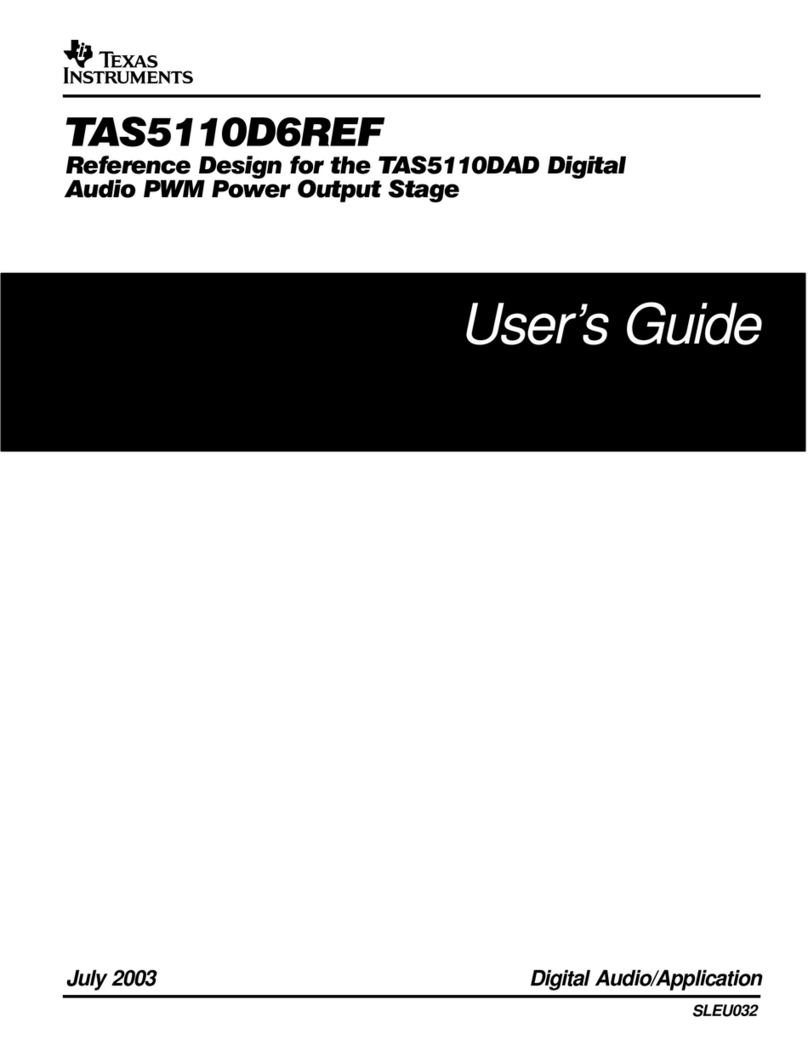
Texas Instruments
Texas Instruments TAS5110D6REF User manual
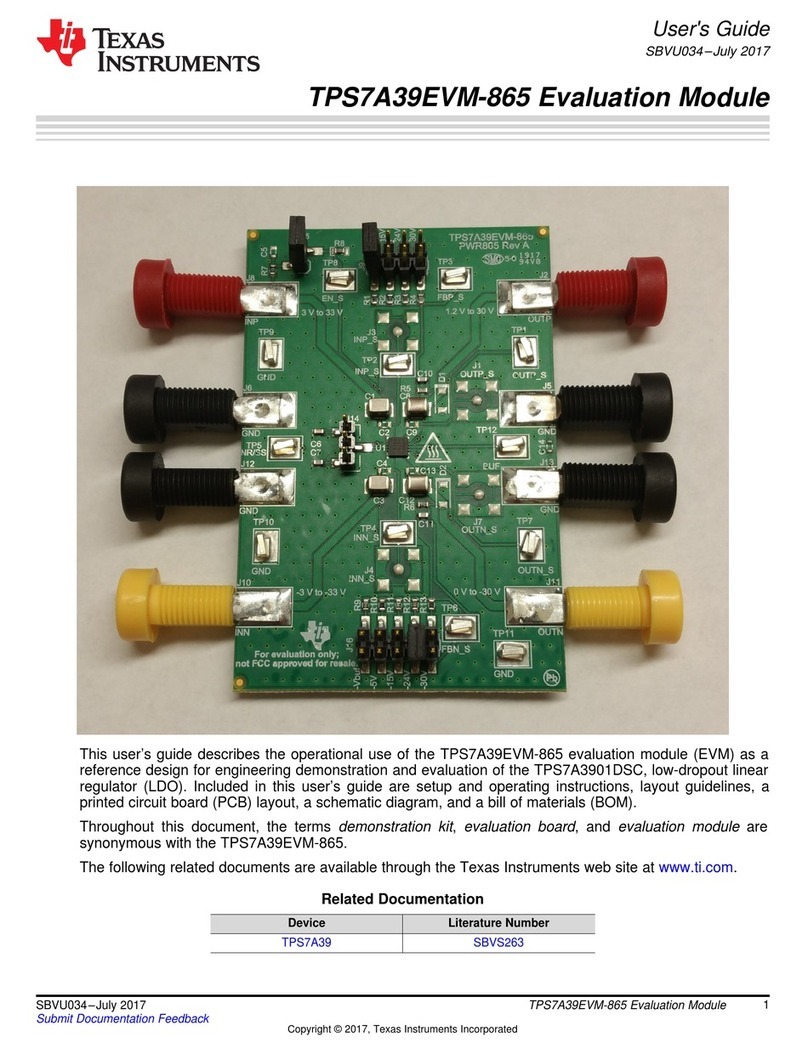
Texas Instruments
Texas Instruments TPS7A39EVM-865 User manual
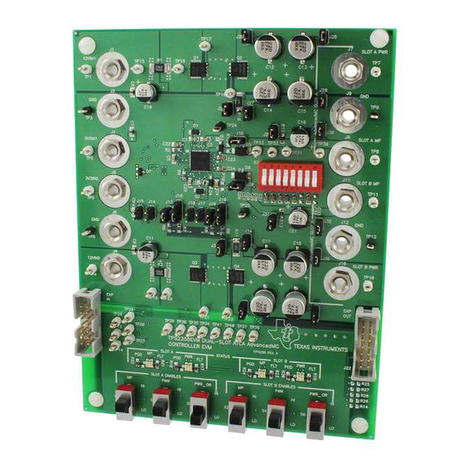
Texas Instruments
Texas Instruments Dual-Slot ATCA AdvancedMC TPS2358 User manual
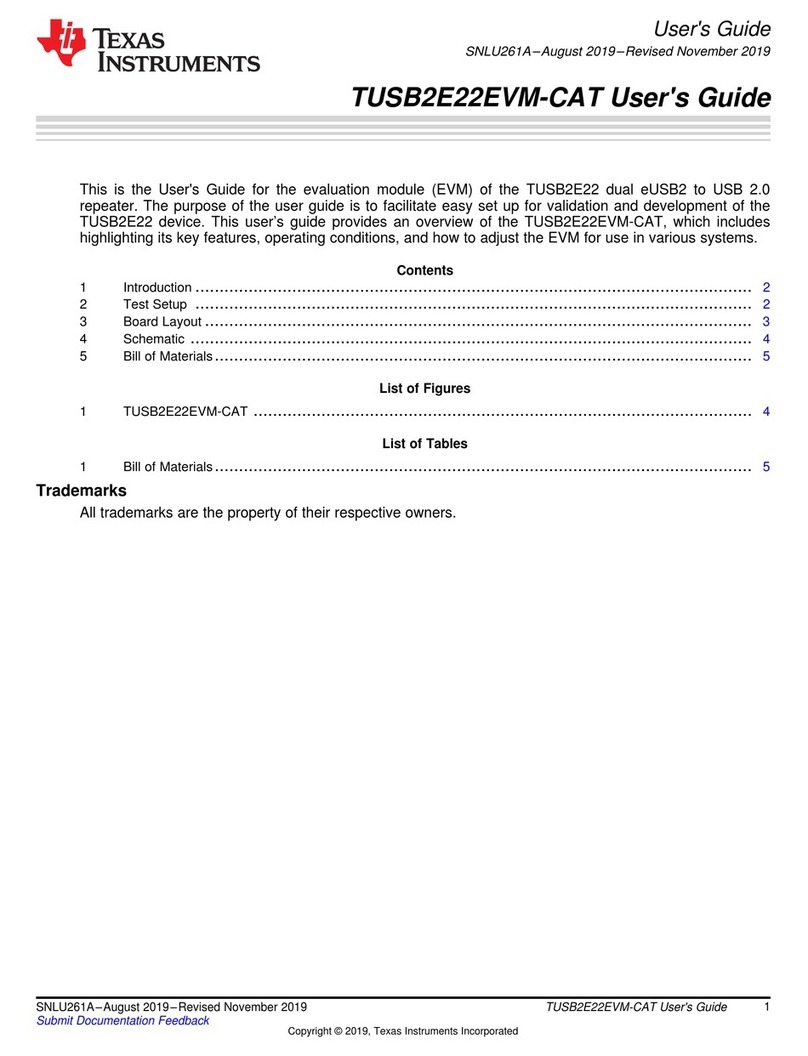
Texas Instruments
Texas Instruments TUSB2E22EVM-CAT User manual
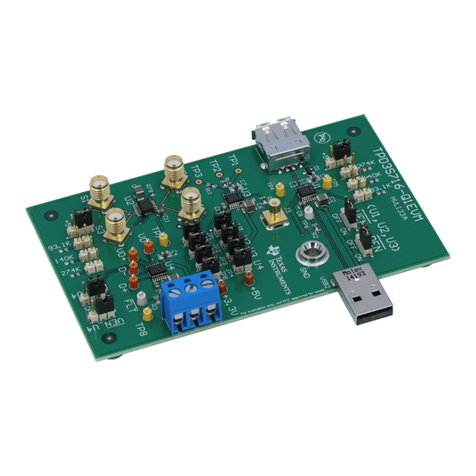
Texas Instruments
Texas Instruments TPD3S716-Q1EVM User manual
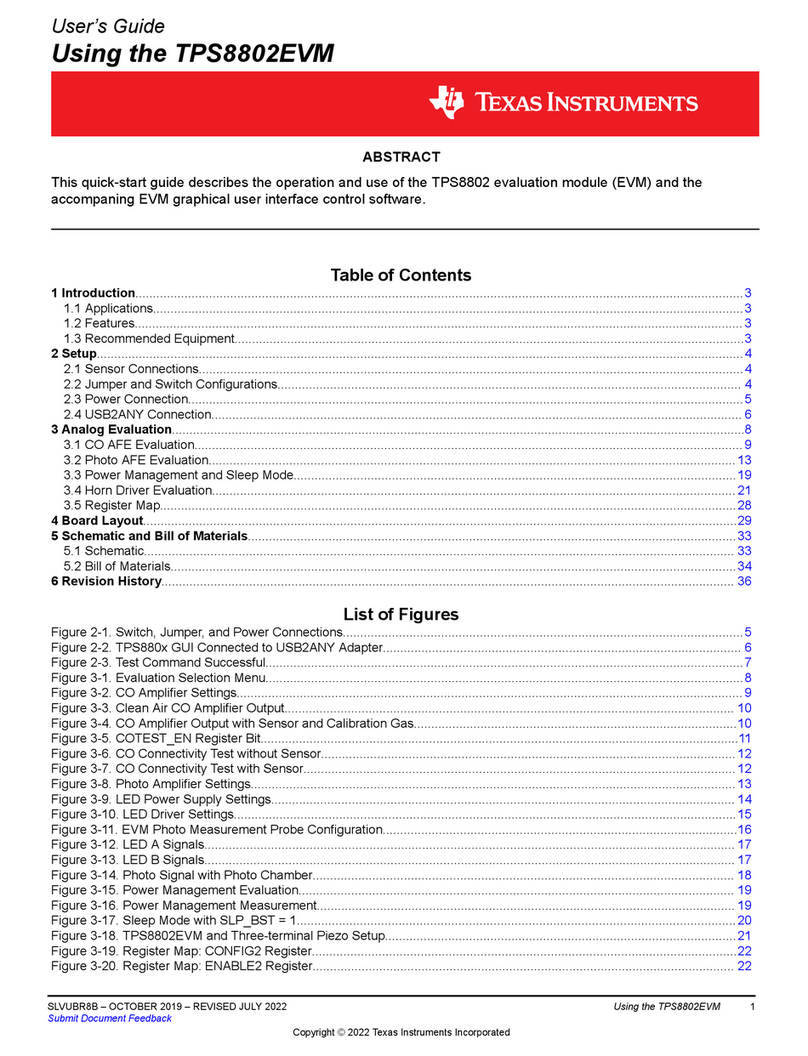
Texas Instruments
Texas Instruments TPS8802EVM User manual
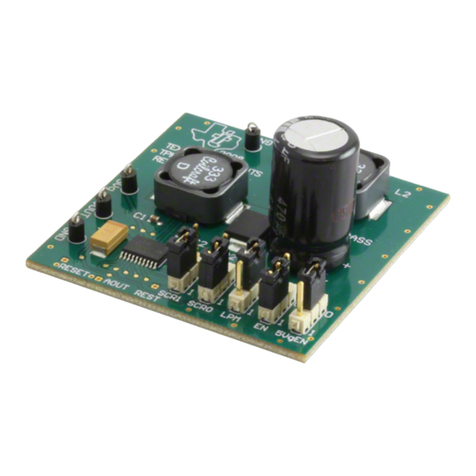
Texas Instruments
Texas Instruments TPIC74100EVM User manual
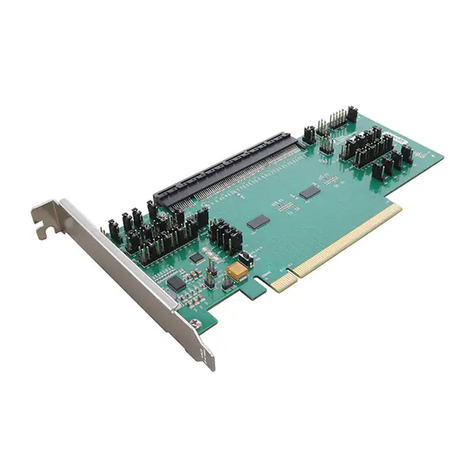
Texas Instruments
Texas Instruments DS160PR810EVM-RSC User manual
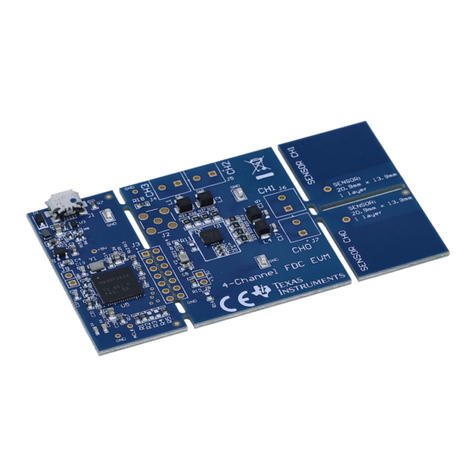
Texas Instruments
Texas Instruments FDC2114 User manual
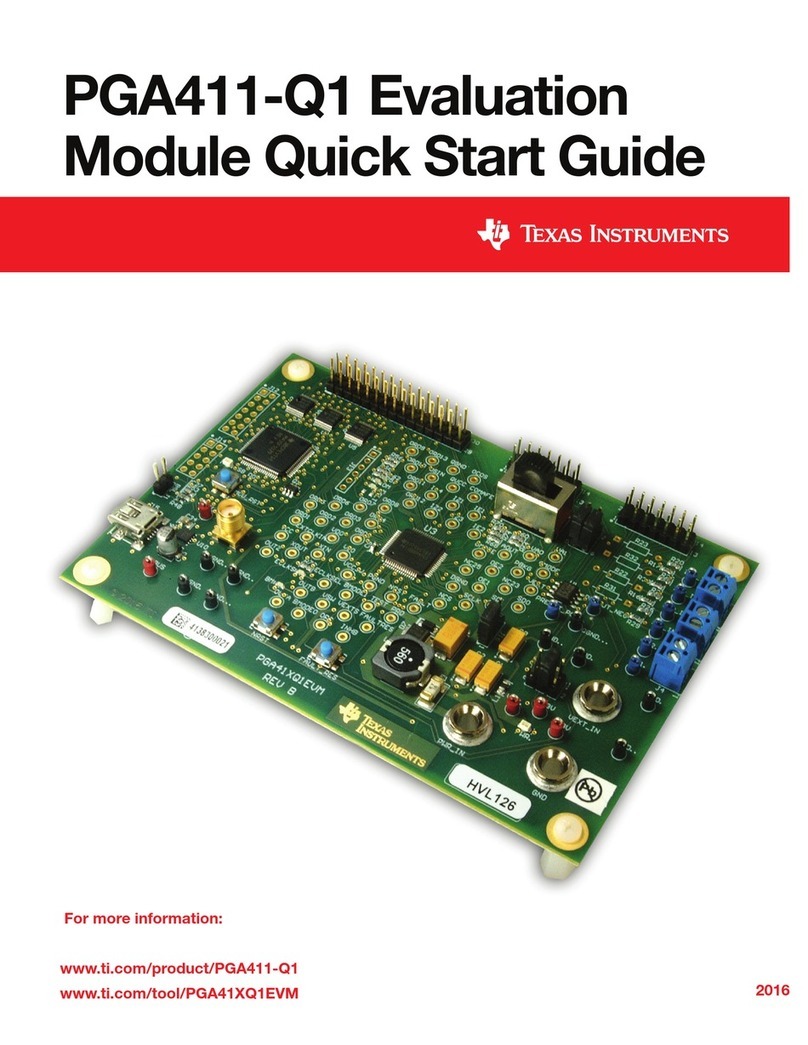
Texas Instruments
Texas Instruments PGA411-Q1 EVM User manual
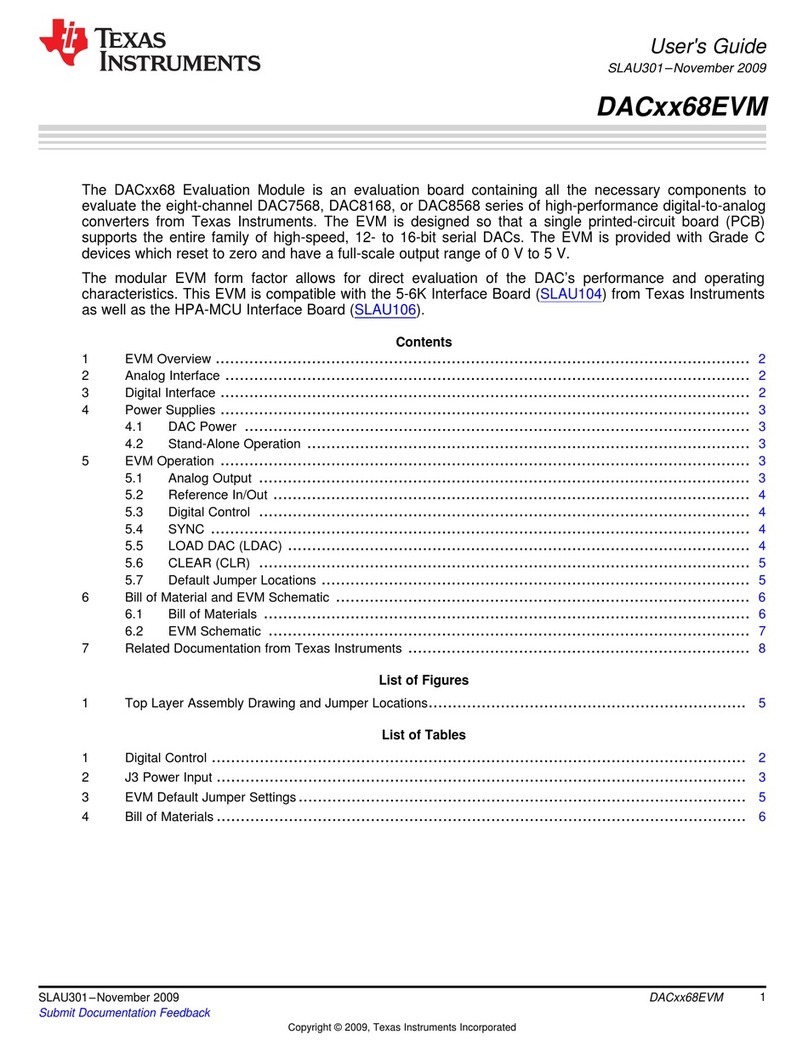
Texas Instruments
Texas Instruments DAC7568EVM User manual
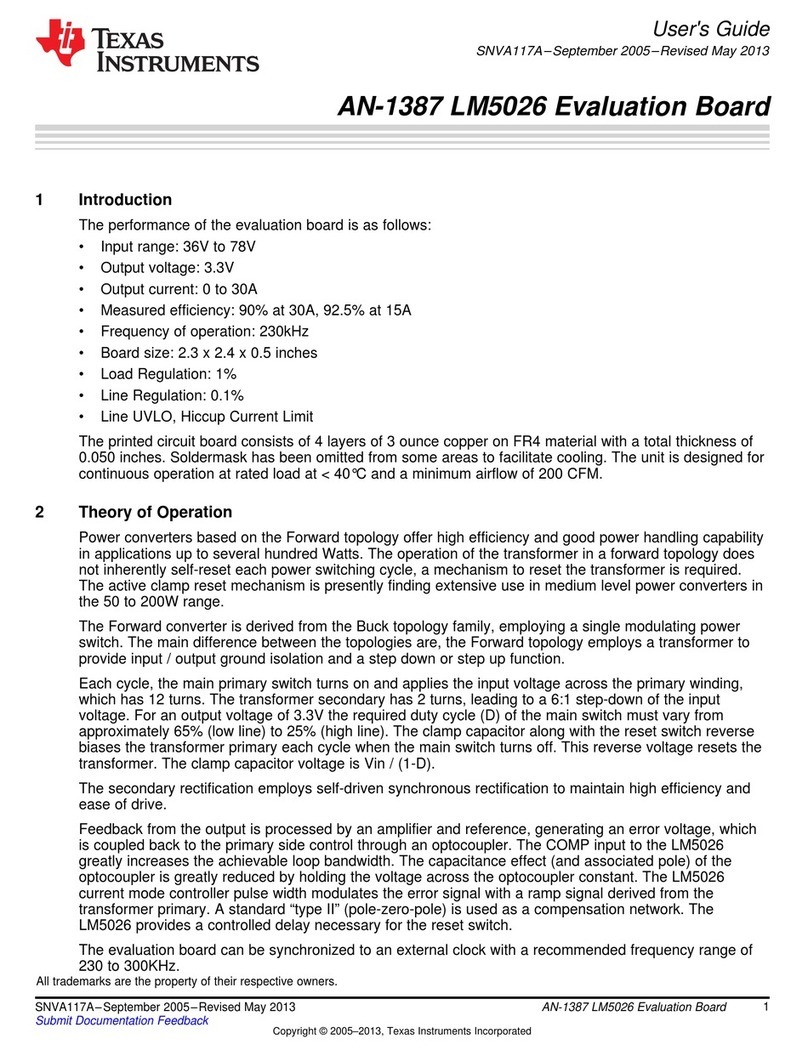
Texas Instruments
Texas Instruments AN-1387 LM5026 User manual

Texas Instruments
Texas Instruments INA310EVM User manual
